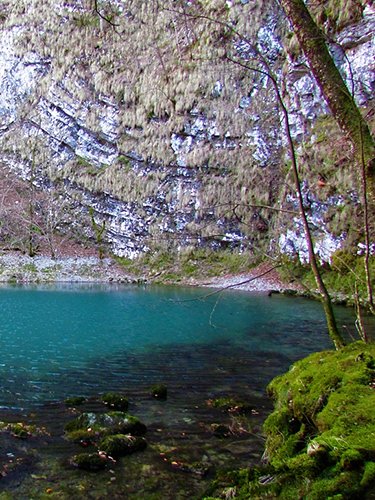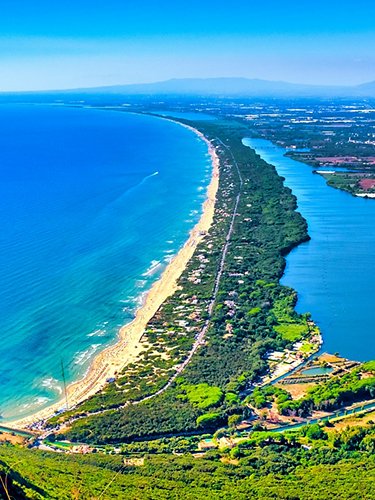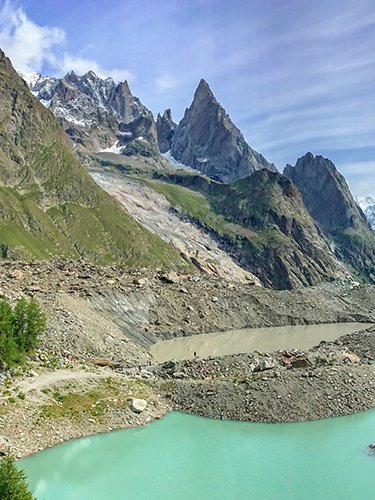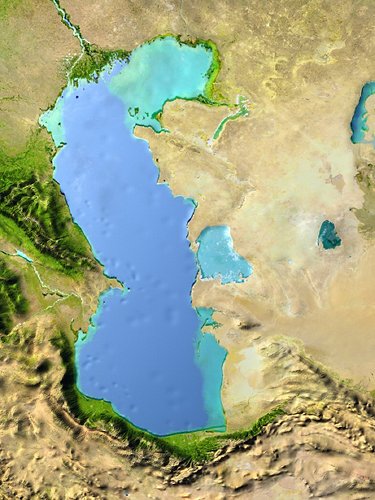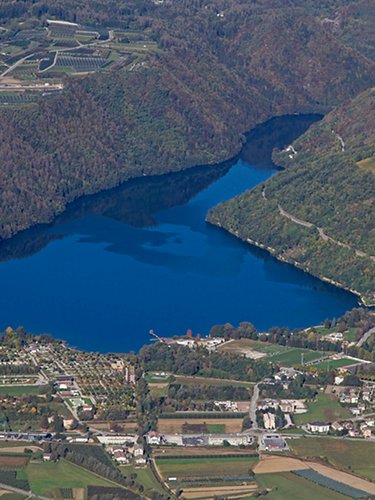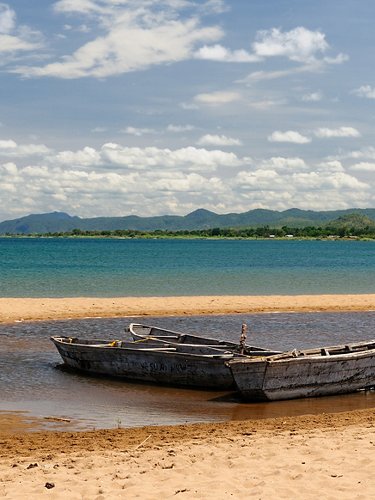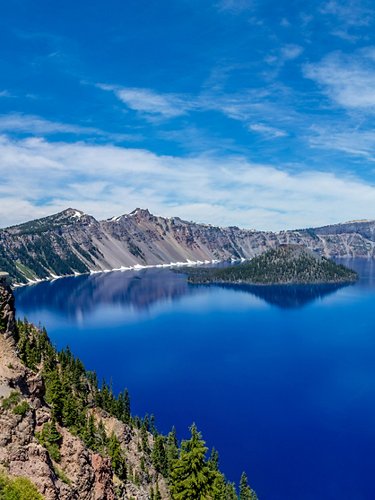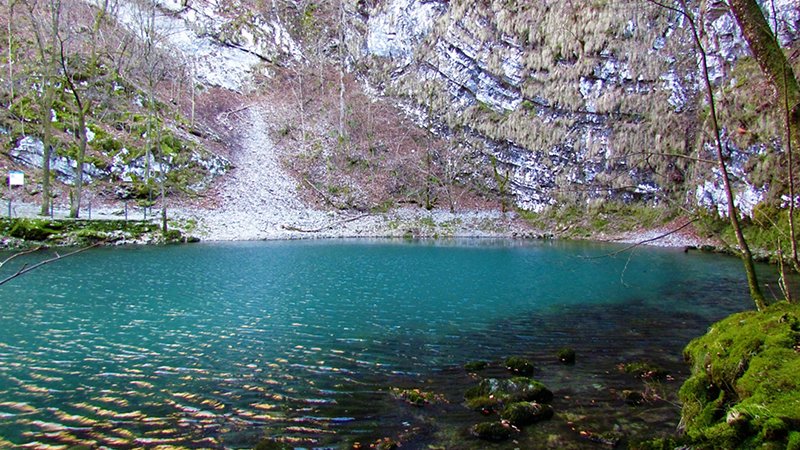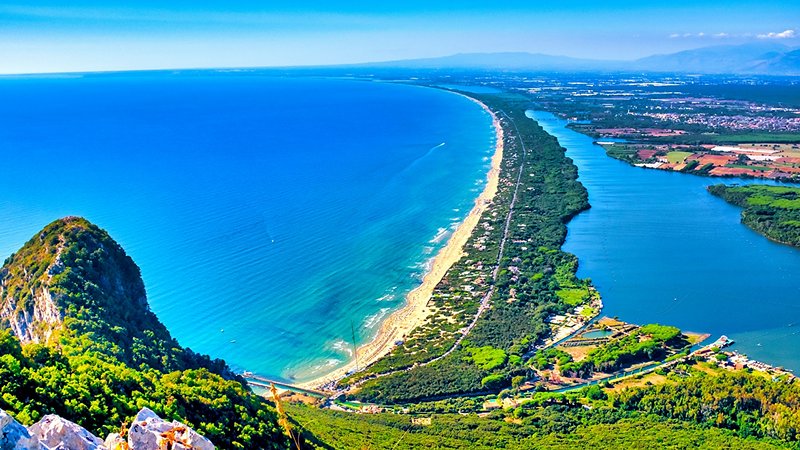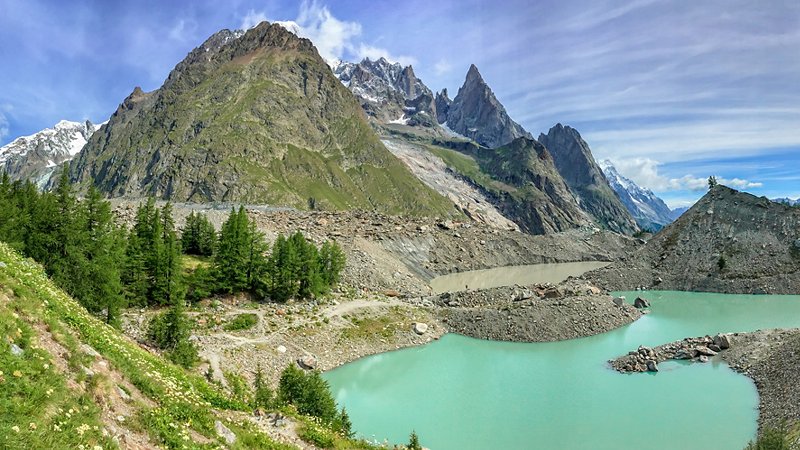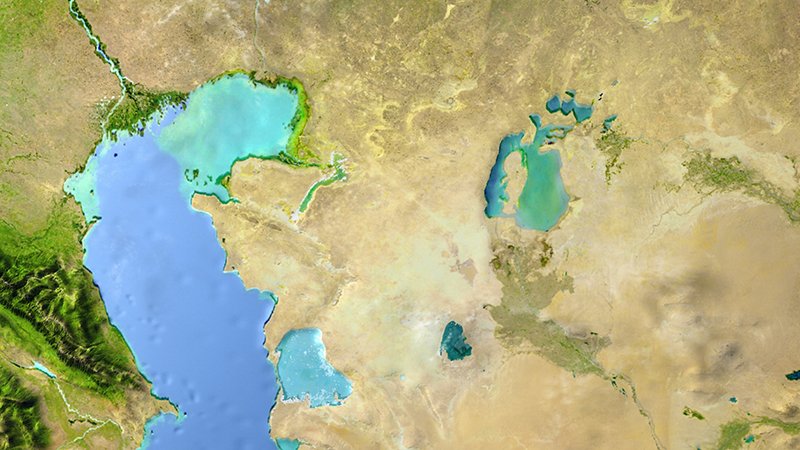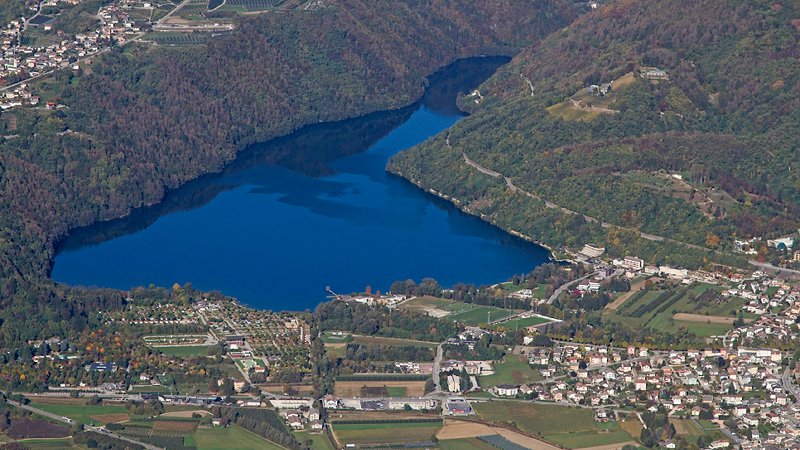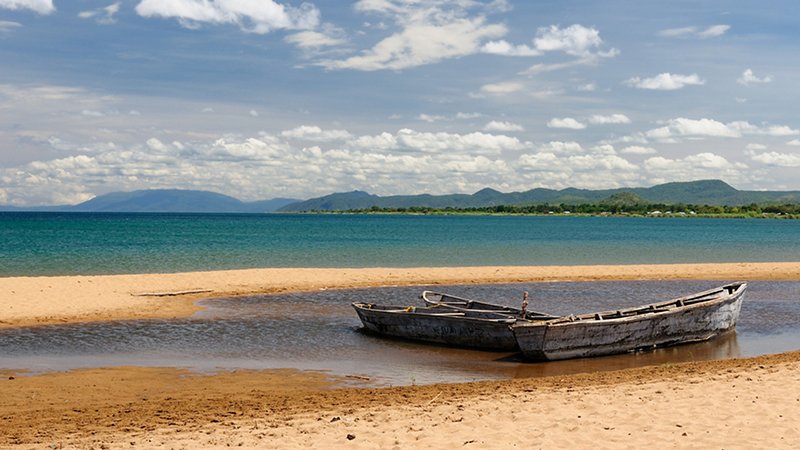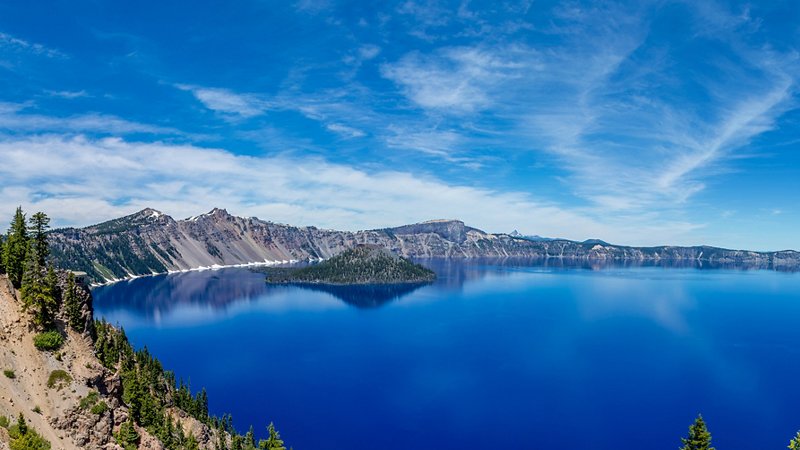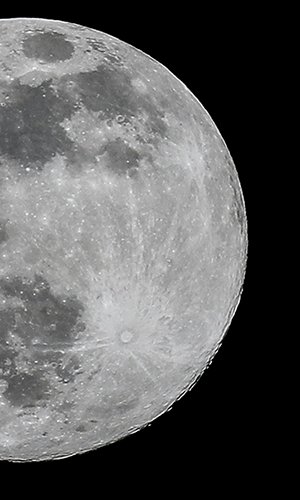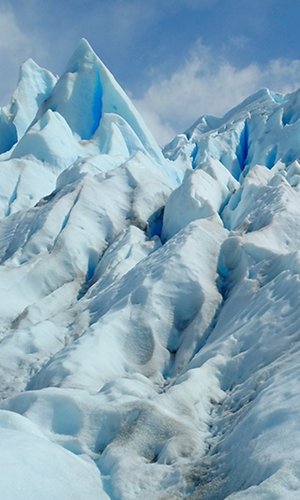It is important to know that one of the distinguishing characteristics of water is that it is the only element found on our planet in the three fundamental states: liquid, gaseous and solid.
Water in its liquid state. Water in its liquid state has its own volume, but takes on the shape of the container holding it. In this state, its molecules are united by weak bonds, they can move by sliding over each other, and for this reason the substance does not take on a definite shape. Water in its liquid state is found in the form of rain and dew and forms rivers, seas and oceans that cover about 70 per cent of the earth's surface.
Water in its gaseous state. Water in its gaseous state is found in the atmosphere in the form of mist, water vapour and clouds. In this state, the molecules are not bound together, thus occupying all the available space. In the gaseous state, particles can move freely in any direction because there are no chemical bonds between them.
Water in its solid state. Water in its solid state is found in the form of ice, snow, hail and frost. In this state, the water molecules are joined by a very strong bond; therefore, they cannot move or shift and thus cannot change shape. In the solid state, the particles are very close to each other and are arranged in a perfect geometric order.

